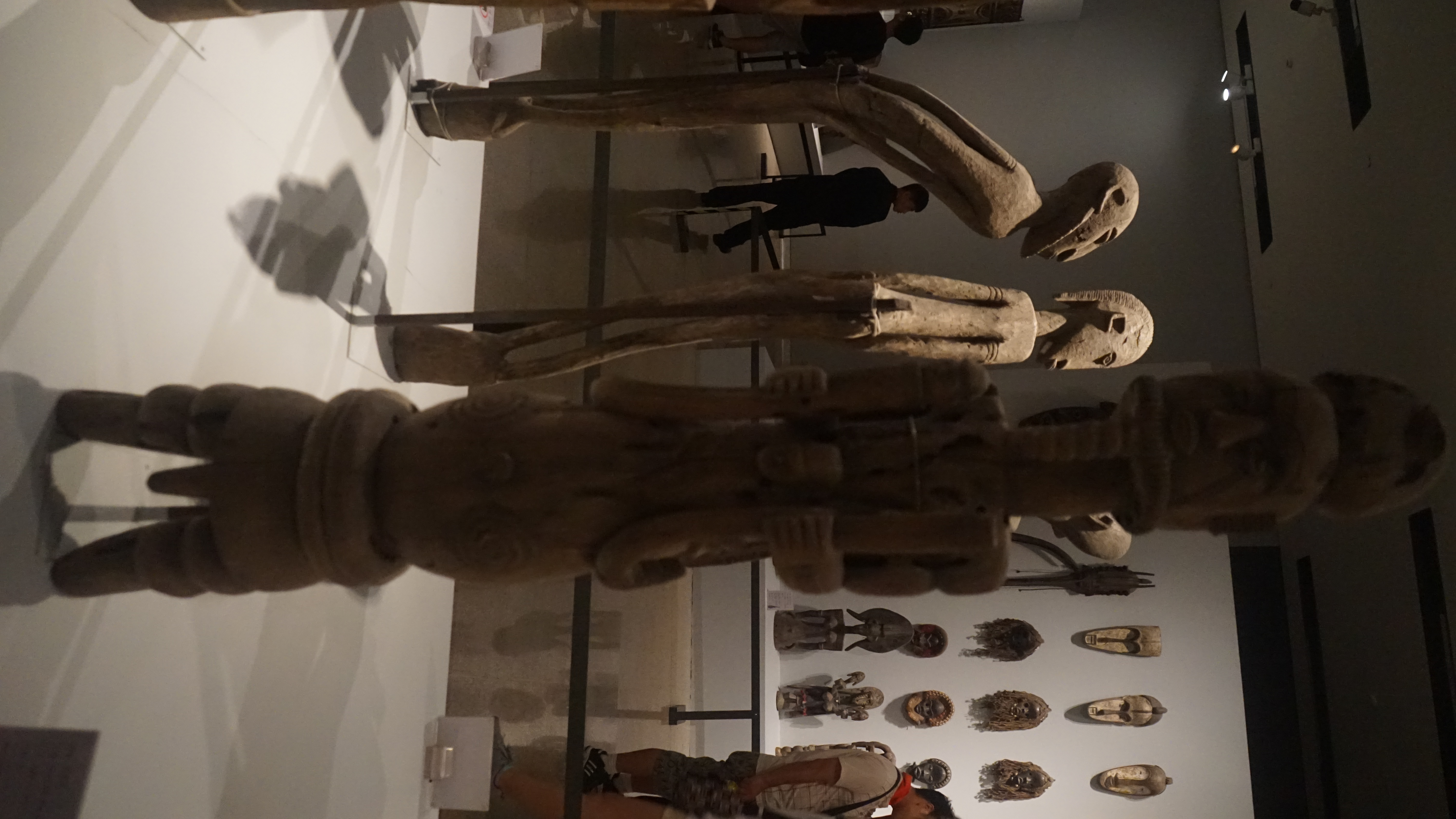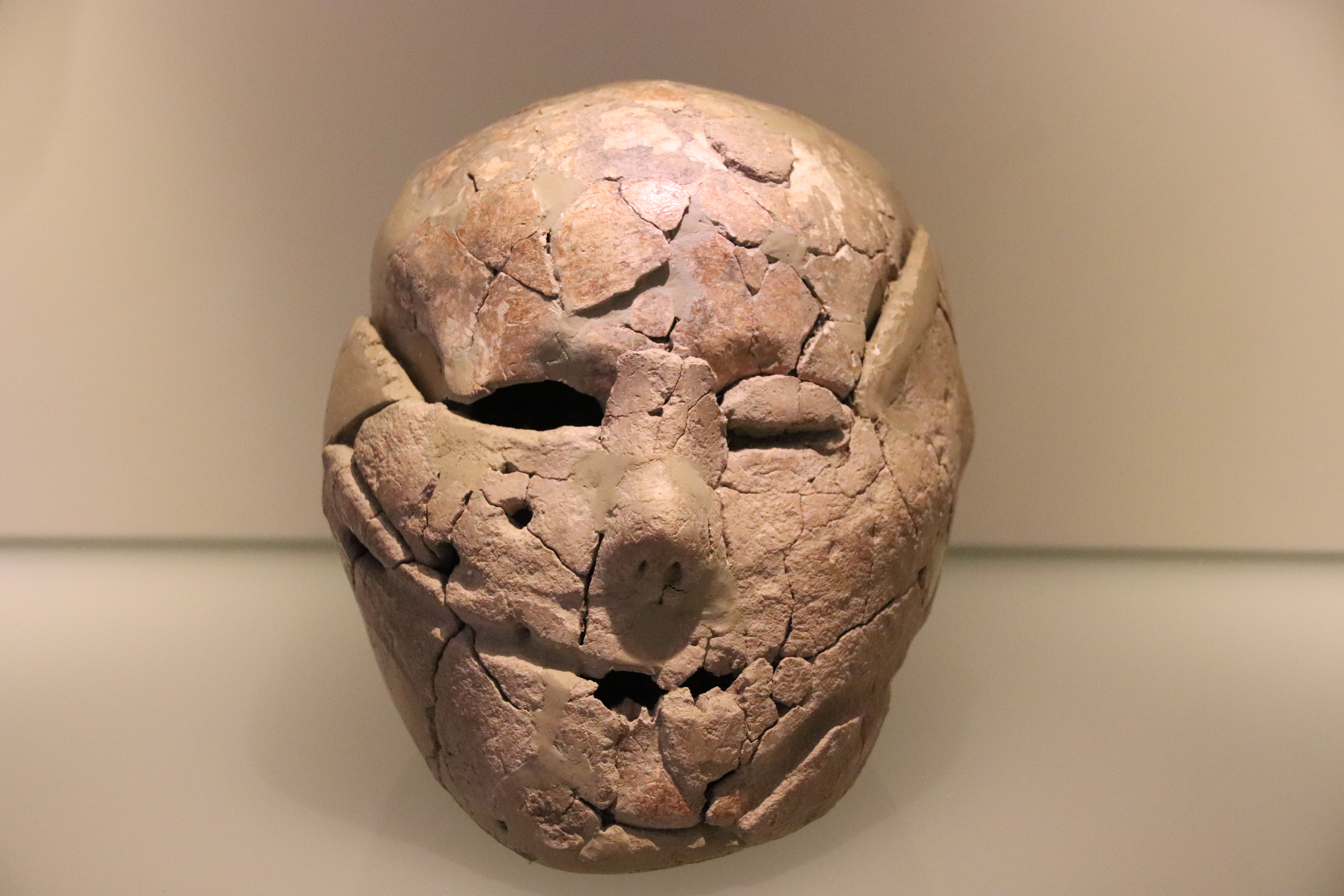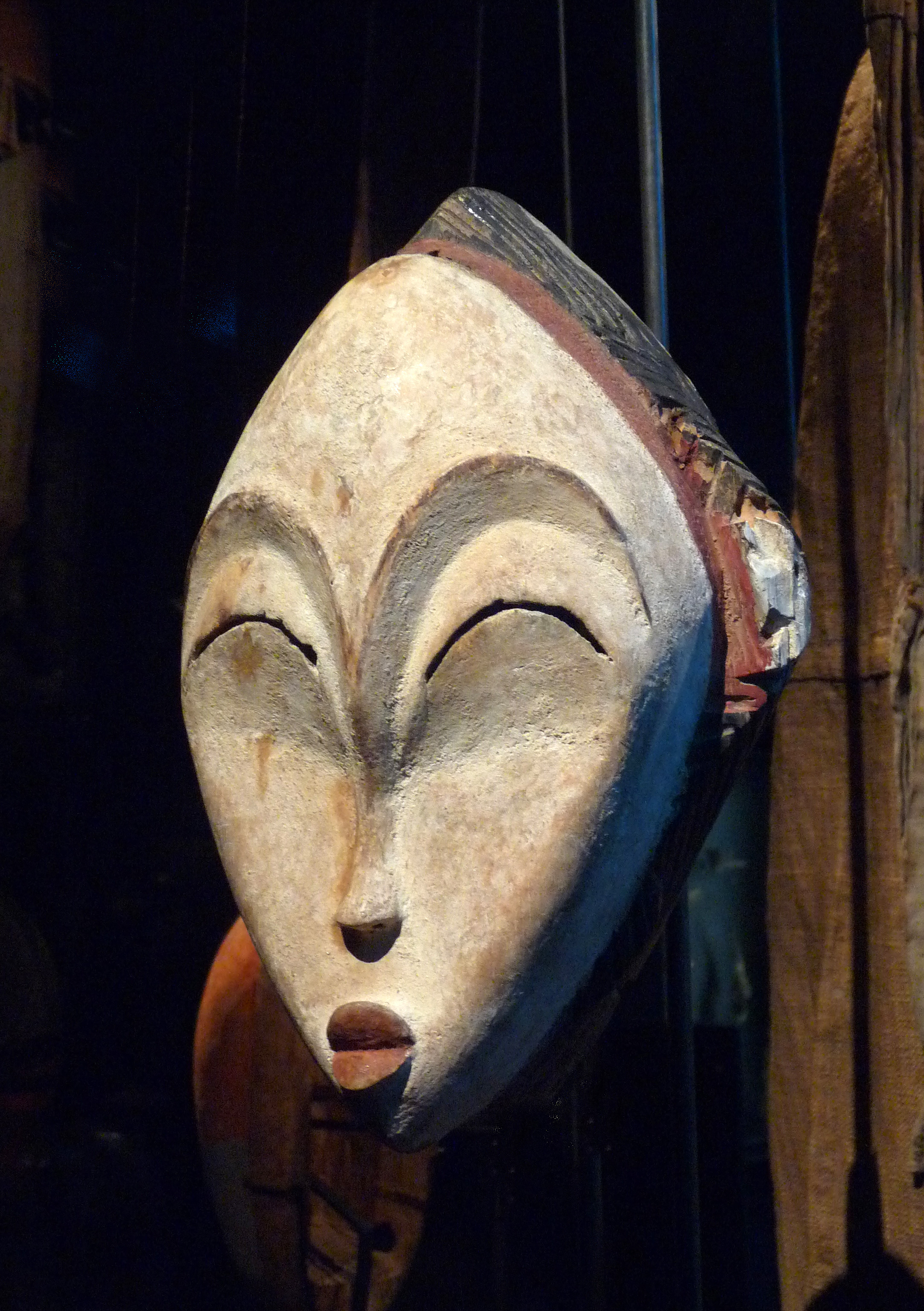|
Ekpu Oro
Ekpu Oro are ancient carved wooden images made from the 'Oko' tree representing the ancestral father of the Oron people of the Akpakip Oro kingdom. The Earliest known ancient wooden carving images of the Oron people is dated to the 2370BC.Goldie, Dictionary of the Efik (1862), p.114 Found today in the Oron Museum and other museums around the world, Some of the finest wooden statuary attributed to Oron people were beautifully carved ekpu (ancestral figures) which were destroyed and removed from Nigeria during the Biafran war The Nigerian Civil War (6 July 1967 – 15 January 1970), also known as the Nigerian–Biafran War or the Biafran War, was a civil war fought between Nigeria and the Republic of Biafra, a secessionist state which had declared its independence f ... in the late 1960s. Ekpu Oro ancestral figures existed as summaries of the personal and social experiences of the Oron people of Southeastern Nigeria - they embodied Oron spiritual beliefs and cultural history; hen ... [...More Info...] [...Related Items...] OR: [Wikipedia] [Google] [Baidu] |
Oron People
The Oron people or Örö people are a sub- ethnic group of the larger Ibibio people, that make up the Akpakip Oro or Oron Nation. The Örö are located primarily in southern Nigeria in the riverine area of Akwa Ibom and the Cross River States and in Cameroon. Akpakip Oro are regarded as an ancient warrior people, speaking the Oro language which is in the Cross River language family of the Benue–Congo languages. They are ancestrally related to the Efik people of the Cross River State, the Ibeno and Eastern Obolo in Akwa Ibom, the Andoni people in Rivers State and the Balondo-ba-Konja in the Congo. The geopolitical restructuring of states and local government within Nigeria has seen the egalitarian society of the Oron Nation being fragmented politically in the Niger Delta. They have been divided across two separate Nigerian states, the Cross River State and Akwa Ibom state, and then into five Oron local government areas (LGAs) within the Akwa Ibom state. The Oron Nati ... [...More Info...] [...Related Items...] OR: [Wikipedia] [Google] [Baidu] |
Akpakip Oro
Oron Nation had existed as a free sovereign and egalitarian society for hundreds of years before it was forcibly incorporated into the amalgamated Nigeria in 1914. Oron people share a strong ancestral lineage with the Efik people in Cross River State; Uruan, Ibeno, Andoni people (the Obolo) both in Akwa Ibom State and in Rivers State, along with the Balondo-ba-Konja now in Congo. The Oron people (Örö) are a major ethnic group present today in Akwa Ibom State, Nigeria. History By 1200 CE (12 Century) the free sovereign and egalitarian society of the Oron people which is made up of six ethnic tribal groups have already been settled on the mouth of the Cross River Basin Oyono, but was ruled by Tribal chiefs. In the late 1200s a legendary hunter, AHTA AYA-ARAH. He was a great hunter native to ''Eweme'', the ancestral home of Oro Ukpabang. During a perilous time of hunger in the middle ages, AHTA AYA-ARAH, went out on his usual safari, but failed to return home same day as sh ... [...More Info...] [...Related Items...] OR: [Wikipedia] [Google] [Baidu] |
Oron Museum
Oron Museum is a museum in Oron, Nigeria. The museum was established in 1958 to accommodate eight hundred known ancestral figures ( Ekpu Oro) of the Oron people which are believed to be among the oldest and finest surviving wood carvings in Africa. During the civil war, many of the wood carvings were looted and the museum was severely damaged. In 1975, the museum was reinaugurated and today houses the remains of the wooden sculptures and other ethnographic materials from across Nigeria. The museum also has displays of bunkers A bunker is a defensive military fortification designed to protect people and valued materials from falling bombs, artillery, or other attacks. Bunkers are almost always underground, in contrast to blockhouses which are mostly above ground. T ... used during the civil war as well as a crafts village. References Oron people Museums in Nigeria Museums established in 1958 Akwa Ibom State {{Nigeria-museum-stub ... [...More Info...] [...Related Items...] OR: [Wikipedia] [Google] [Baidu] |
Biafran War
The Nigerian Civil War (6 July 1967 – 15 January 1970), also known as the Nigerian–Biafran War or the Biafran War, was a civil war fought between Nigeria and the Republic of Biafra, a secessionist state which had declared its independence from Nigeria in 1967. Nigeria was led by General Yakubu Gowon, while Biafra was led by Lieutenant Colonel Chukwuemeka "Emeka" Odumegwu Ojukwu. Biafra represented the nationalist aspirations of the Igbo ethnic group, whose leadership felt they could no longer coexist with the federal government dominated by the interests of the Muslim Hausa-Fulanis of Northern Nigeria. The conflict resulted from political, economic, ethnic, cultural and religious tensions which preceded the United Kingdom's formal decolonization of Nigeria from 1960 to 1963. Immediate causes of the war in 1966 included a military coup, a counter-coup, and anti-Igbo pogroms in Northern Nigeria. Control over the lucrative oil production in the Niger Delta also played a vi ... [...More Info...] [...Related Items...] OR: [Wikipedia] [Google] [Baidu] |
Male Ancestor, Oron People, NMC
Male (symbol: ♂) is the sex of an organism that produces the gamete (sex cell) known as sperm, which fuses with the larger female gamete, or ovum, in the process of fertilization. A male organism cannot reproduce sexually without access to at least one ovum from a female, but some organisms can reproduce both sexually and asexually. Most male mammals, including male humans, have a Y chromosome, which codes for the production of larger amounts of testosterone to develop male reproductive organs. Not all species share a common sex-determination system. In most animals, including humans, sex is determined genetically; however, species such as ''Cymothoa exigua'' change sex depending on the number of females present in the vicinity. In humans, the word ''male'' can also be used to refer to gender in the social sense of gender role or gender identity. Overview The existence of separate sexes has evolved independently at different times and in different lineages, an example of ... [...More Info...] [...Related Items...] OR: [Wikipedia] [Google] [Baidu] |
Portrait Of An Elder (ekpu), Oron-Ibibio People, Nigeria, Late 1800s, Wood - Fitchburg Art Museum - DSC08830
A portrait is a painting, photograph, sculpture, or other artistic representation of a person, in which the face and its expressions are predominant. The intent is to display the likeness, personality, and even the mood of the person. For this reason, in photography a portrait is generally not a snapshot, but a composed image of a person in a still position. A portrait often shows a person looking directly at the painter or photographer, in order to most successfully engage the subject with the viewer. History Prehistorical portraiture Plastered human skulls were reconstructed human skulls that were made in the ancient Levant between 9000 and 6000 BC in the Pre-Pottery Neolithic B period. They represent some of the oldest forms of art in the Middle East and demonstrate that the prehistoric population took great care in burying their ancestors below their homes. The skulls denote some of the earliest sculptural examples of portraiture in the history of art. Historical portraitur ... [...More Info...] [...Related Items...] OR: [Wikipedia] [Google] [Baidu] |
African Sculptures In The British Museum
African or Africans may refer to: * Anything from or pertaining to the continent of Africa: ** People who are native to Africa, descendants of natives of Africa, or individuals who trace their ancestry to indigenous inhabitants of Africa *** Ethnic groups of Africa *** Demographics of Africa *** African diaspora ** African, an adjective referring to something of, from, or related to the African Union ** Citizenship of the African Union ** Demographics of the African Union **Africanfuturism ** African art ** *** African jazz (other) ** African cuisine ** African culture ** African languages ** African music ** African Union ** African lion, a lion population in Africa Books and radio * ''The African'' (essay), a story by French author J. M. G. Le Clézio * ''The African'' (Conton novel), a novel by William Farquhar Conton * ''The African'' (Courlander novel), a novel by Harold Courlander * ''The Africans'' (radio program) Music * "African", a song by Peter Tosh f ... [...More Info...] [...Related Items...] OR: [Wikipedia] [Google] [Baidu] |
African Sculpture
Most African sculpture was historically in wood and other organic materials that have not survived from earlier than at most a few centuries ago; older pottery figures are found from a number of areas. Masks are important elements in the art of many peoples, along with human figures, often highly stylized. There is a vast variety of styles, often varying within the same context of origin depending on the use of the object, but wide regional trends are apparent; sculpture is most common among "groups of settled cultivators in the areas drained by the Niger and Congo rivers" in West Africa. Direct images of African deities are relatively infrequent, but masks in particular are or were often made for traditional African religious ceremonies; today many are made for tourists as "airport art". African masks were an influence on European Modernist art, which was inspired by their lack of concern for naturalistic depiction. By region The Nubian Kingdom of Kush in modern Sudan was i ... [...More Info...] [...Related Items...] OR: [Wikipedia] [Google] [Baidu] |




